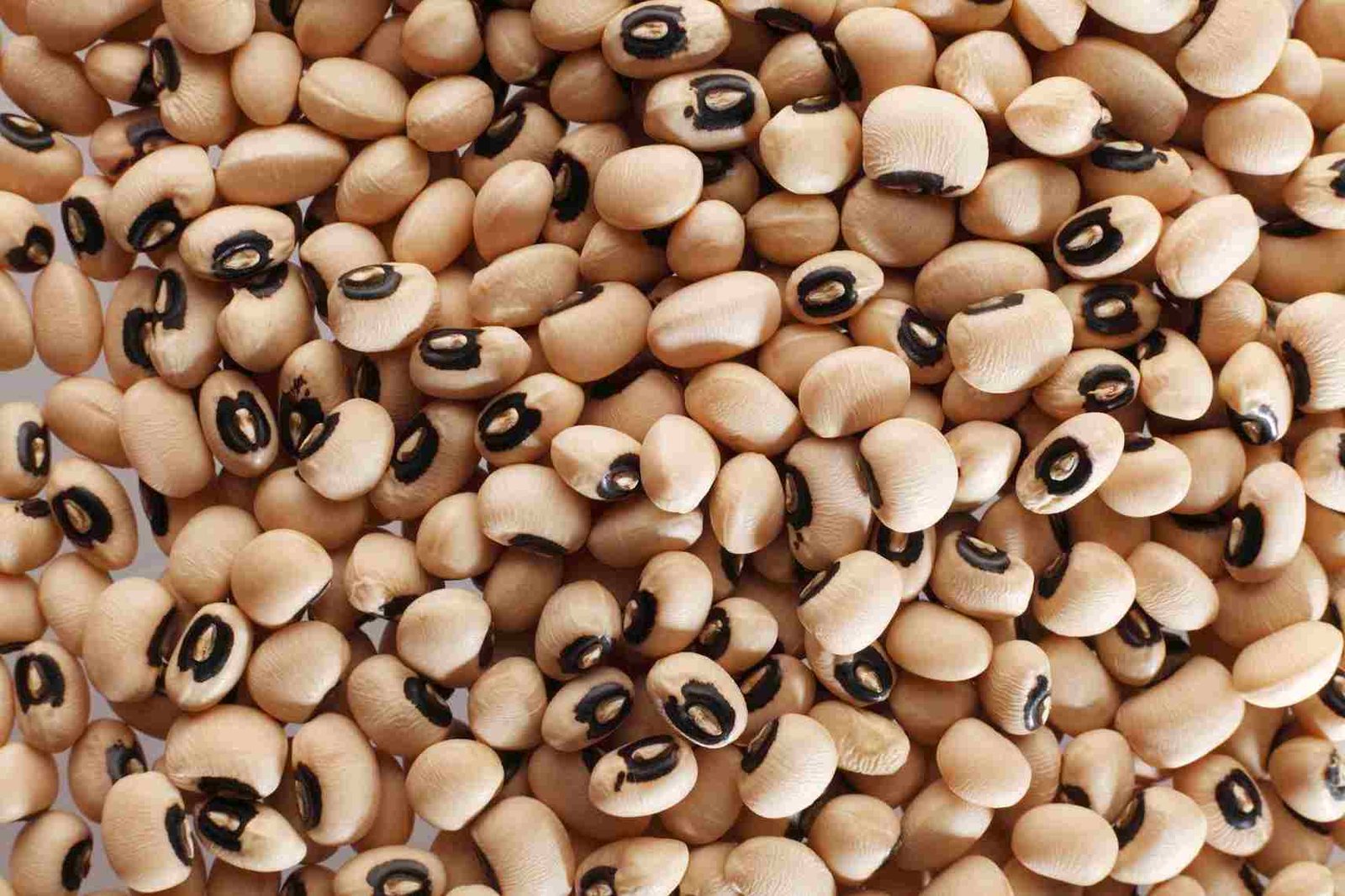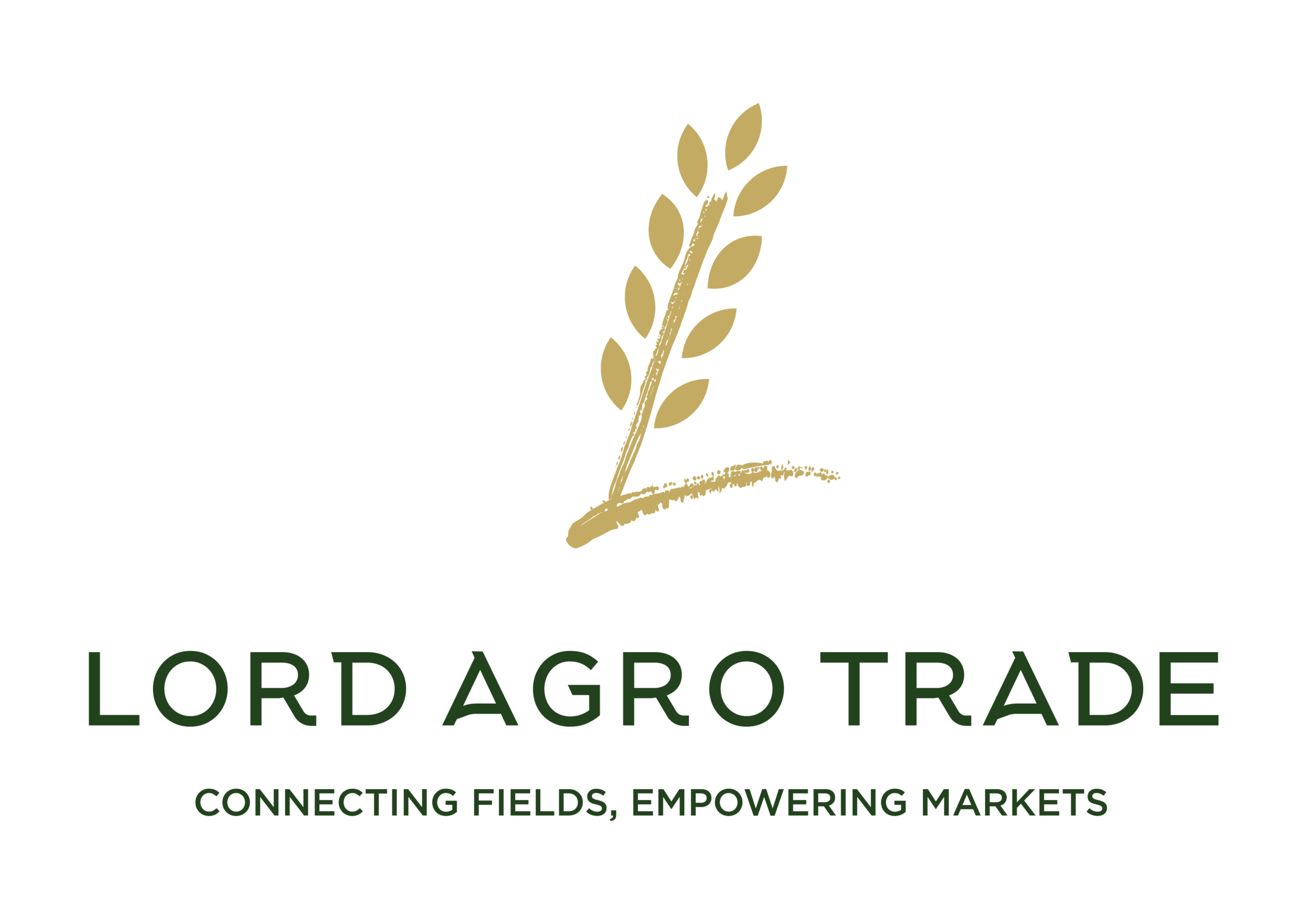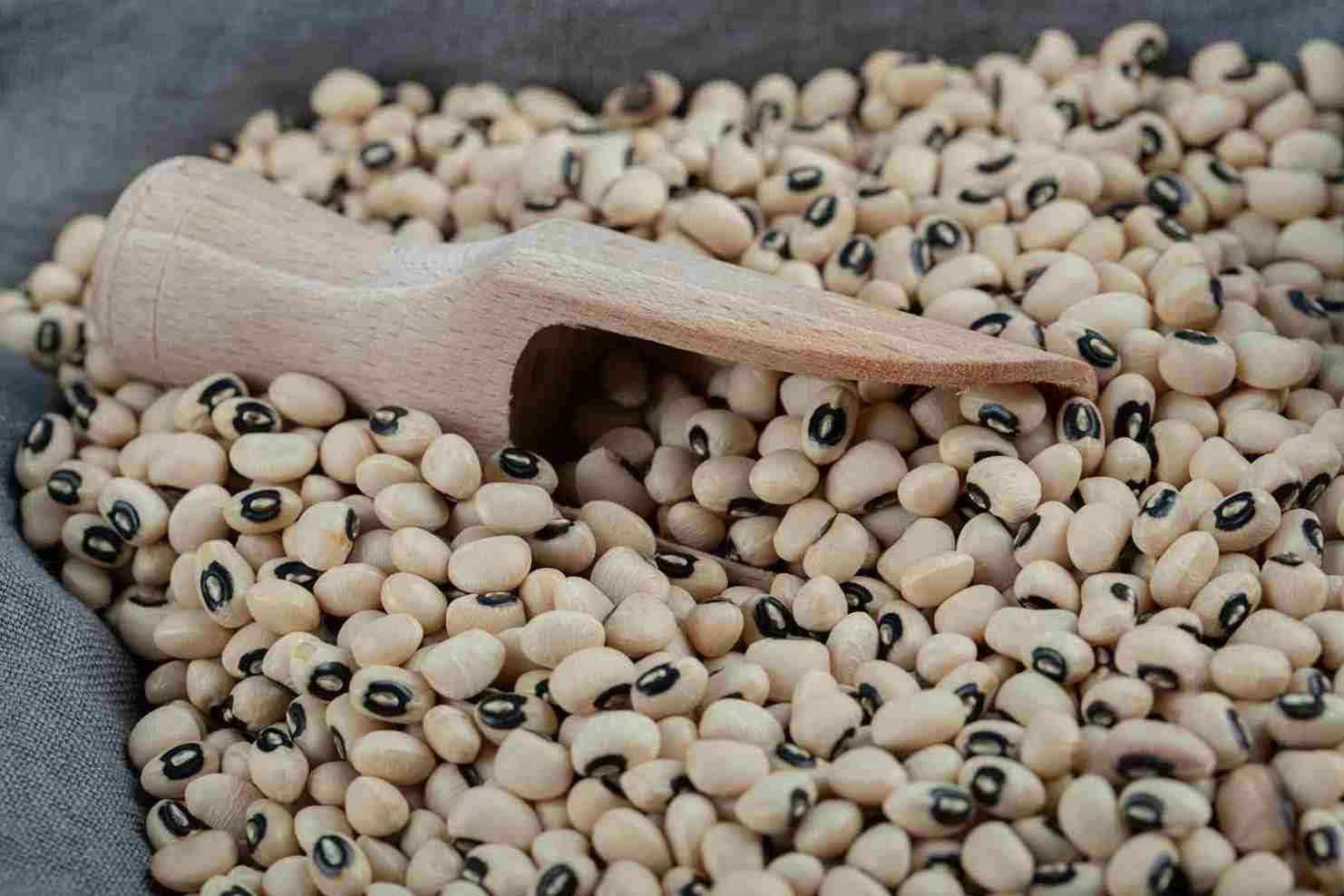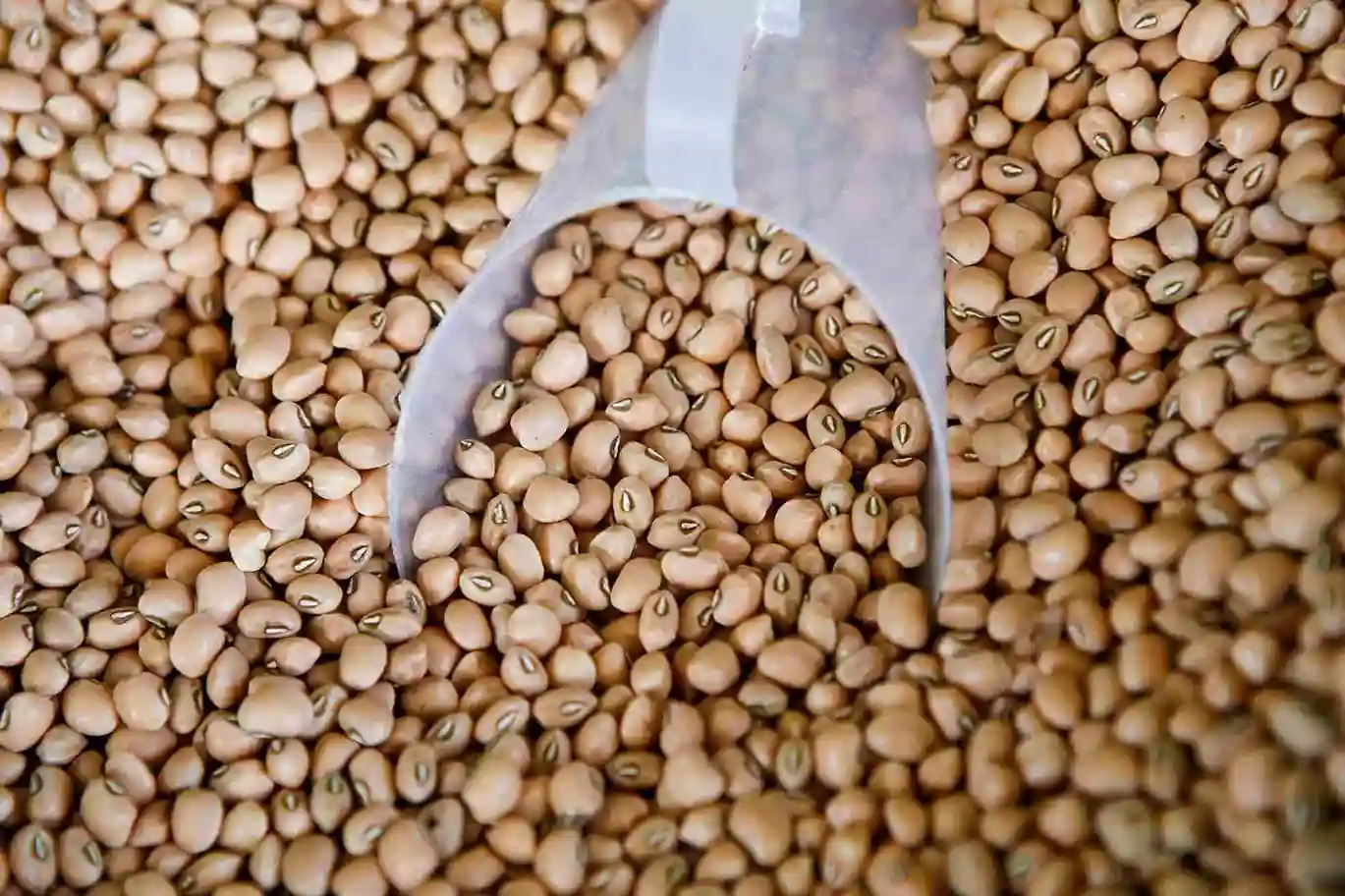
Cowpeas – High-Quality Supply for Global Markets

Cowpeas are grown in several countries across Africa, Asia, and the Americas. The most common type in international trade is the black-eyed variety, known for its light color and distinctive black mark. While production is widespread, commercial exports are concentrated in a few regions with stable supply and cleaning facilities. Lord Agro Trade sources cowpeas that meet the standards required by global buyers for both food and processing use.
Cowpeas in Global Markets
Cowpeas are a traditional staple in many regions and are becoming more popular in health-conscious and plant-based diets. Their ability to grow in warm, low-rainfall environments makes them a reliable crop for dry climates. Cowpeas thrive in temperatures between 20°C and 35°C and require only moderate rainfall, which makes them suitable for a wide range of agricultural zones. At Lord Agro Trade, we supply well-cleaned and graded cowpeas to food importers across the Middle East and Europe, where consistent quality and reliable sourcing are essential.
Climate Requirements for Cowpea Cultivation
Temperature
Optimal growth occurs between 20°C and 35°C. Temperatures below 15°C can adversely affect development, while those above 35°C may reduce yields. Cowpeas are highly sensitive to frost and should be cultivated in frost-free periods.
Rainfall
Cowpeas are drought-tolerant and can produce reasonable yields with annual rainfall ranging from 300 to 700 mm. However, excessive rainfall, particularly during flowering, can lead to flower drop and increased disease incidence.
Soil
They thrive in well-drained soils with a pH between 5.5 and 6.5. Cowpeas can tolerate a variety of soil types but are sensitive to waterlogging and salinity.
Altitude
Suitable for cultivation from sea level up to 1,500 meters above sea level, depending on the variety.
Understanding these climatic requirements is essential for optimizing cowpea production and ensuring a successful harvest.
Why We Wholesale Cowpeas to International Markets
- High Market Demand: Cowpeas are widely consumed and are essential in many traditional dishes.
- Flexible in Cooking: Used in soups, stews, rice dishes, and even as flour for baking.
- Nutritional Value: Cowpeas are a good source of plant protein, fiber, and important minerals such as iron, potassium, and magnesium
Crop Cycle and Harvesting
Planting Season
Cowpeas are typically sown during the warmer months, once the risk of frost has passed and soil temperatures are suitable for germination.
Harvesting Time
Depending on the variety and growing conditions, cowpeas mature in approximately 60 to 120 days. Harvesting is usually carried out when the pods have dried on the plant, indicating full maturity.
Names of Cowpeas in Various Regions
Black-eyed peas
Lobia
Ceci
Peas
Southern peas, Field peas

Quality Standards of Cowpeas

Cowpeas exported by Lord Agro Trade are carefully cleaned and processed to meet international food-grade standards. Quality control focuses on:
- Uniform size and color
- Minimal impurities
- Low moisture levels
- Good visual appearance
These standards ensure that our cowpeas meet the expectations of both retail and food processing buyers.
Cowpeas – Product Specifications

Quality & Resistance

Cultural Importance of Cowpeas in World Cuisines
Cowpeas are used in traditional dishes across Africa, Asia, the Middle East, and the Americas. In West African cuisine, they are an important part of dishes like Akara and Jollof rice. In the southern U.S., black-eyed peas are eaten for good luck during New Year celebrations. In India, Lobia is commonly prepared in curries and served with rice. Their widespread use shows the importance of cowpeas in both cultural traditions and modern diets.
The widespread use of Kabuli chickpeas across diverse cuisines highlights not only their nutritional value but also their cultural and culinary significance. You can read more and find useful information in our blogs and market reports about Kabuli chickpeas sourced from Canada.
Communication with experts


